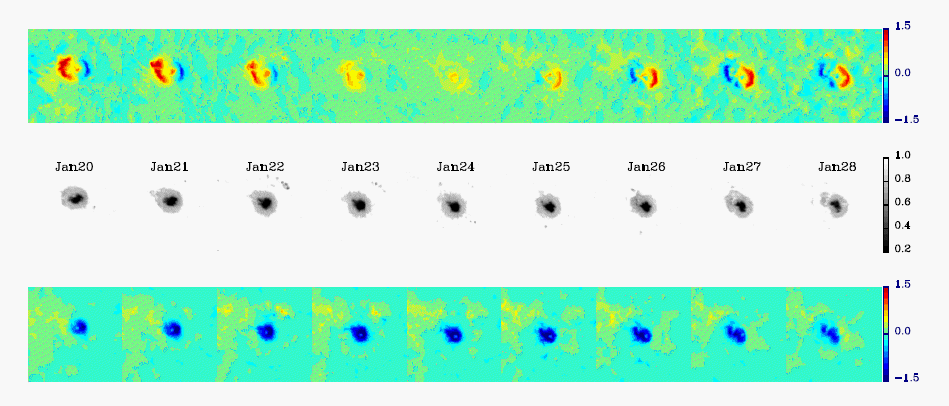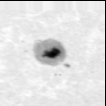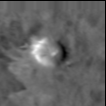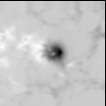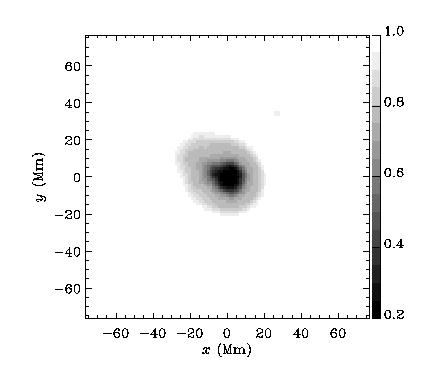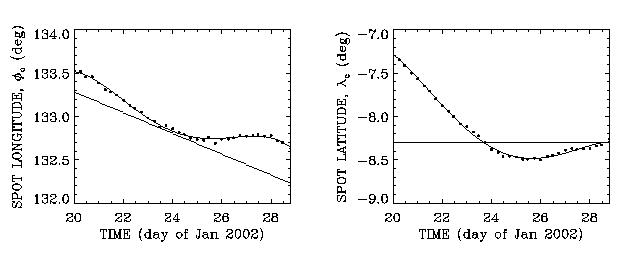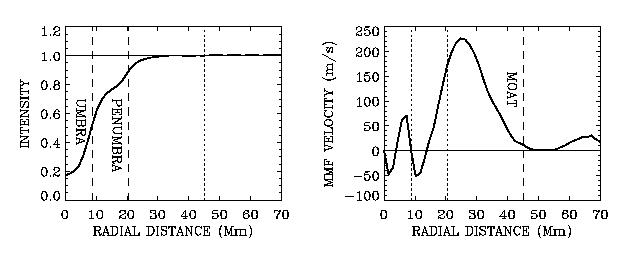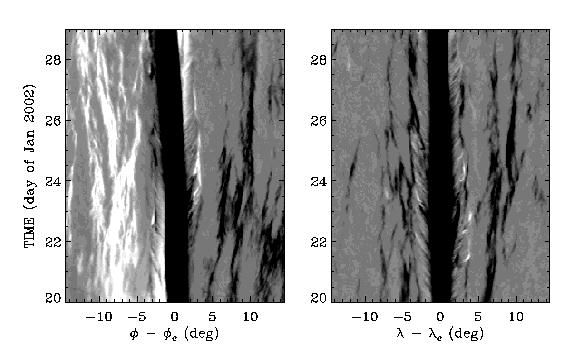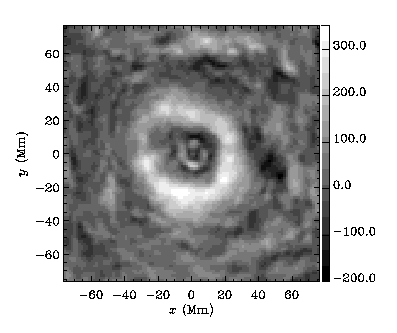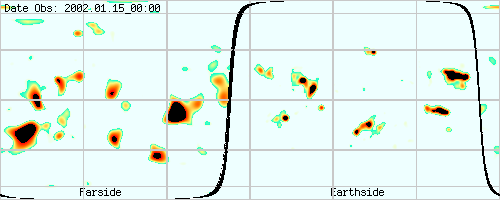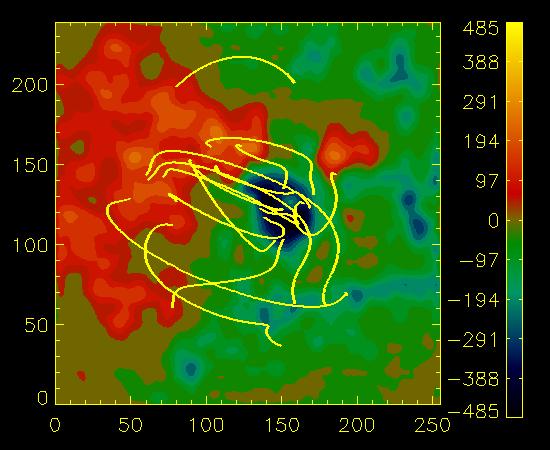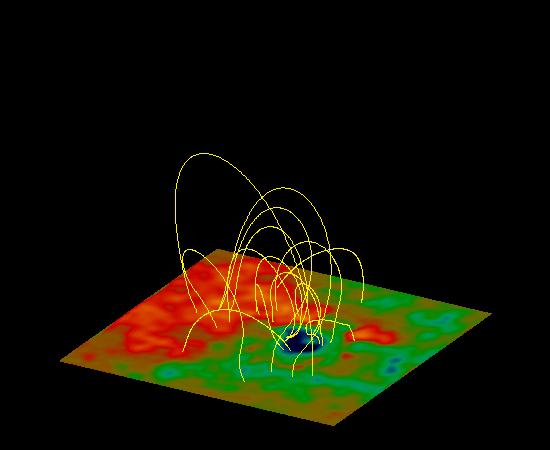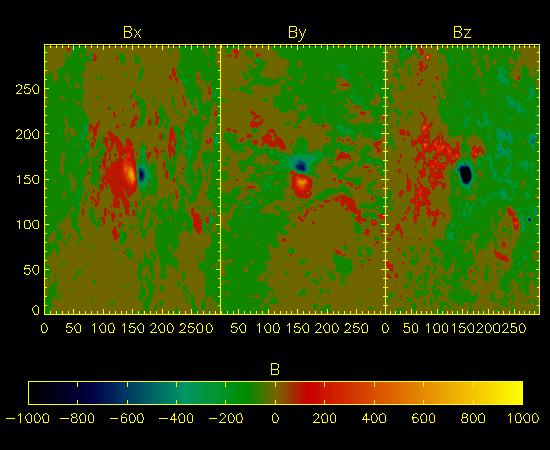

European Helio- and Asteroseismology Network (HELAS)
Local Helioseismology Network Activity
|
AR9787 January 20th - 28th 2002The AR9787 dataset is ideal for helioseismic analysis as it is long with a good dutycycle and consists of Dopplergrams, magnetograms and intensity continuum. The sunspot is relatively large and isolated, not polluted by any nearby strong magnetic field. The data was tracked and mapped by T. Duvall and analyzed by L. Gizon. The Data: The MDI data is stored as tracked , Postel projected FITS data cubes extracted from MDI full disk Dopplergrams, magnetograms and the intensity continuum. Each Dopplergram and magnetogram datacube contains 24 hours of data. The intensity cube holds one 2D array for each 6 hours of the 9 day's observation. Time: 24 hours, from midnight until 23:59 each day - 9 days - 20th January 2002 until 28th January 2002 during Carrington rotation 1991. Tracking coefficients: a0 = -1.50000e-02 a2 = -3.39000e-01 a4 = -4.85000e-01 Resolution: 0.12 deg / pixel, ~ 0.002 Solar radii / pixel, ~ 1.45 Mm /pixel Dimensions: 512 x 512 x 1440 pixels MDI Level: lev1.5. - Sample MDI header
Note: The intensity images are one every 6 hours. New! Download Quiet sun comparison regions either side of AR9787, and AR9787 calculated by R. Bogart. TRACE data is also available for AR9787.
Sunspot Evolution Averaged Dopplergram (top row), intensity (middle row), magnetogram (bottom row) for the 9 days of AR9787 MDI observation: Quick look movies (click on images for the movie)
The continuum average of the sunspot over 9 days
Position: Heliographic longitude (phi_c) and latitude (lambda_c) of the umbra. The FITS file (right click) of these coordinates in pixels.
Size: The boundaries of the umbra, penumbra and moat boundary as determined from a 9 day, azimuthal average. Moat Flow: slices of B at latitude= lambda_c (left) and at longitude = phi_c (rght) in time. Saturated at +/-200 Gauss. Note the moving magnetic features. Radial Moat Flow: A 9 day average of the radial moat flow (m/s) from center of spot obtained by tracking moving magnetic features (MMF).
Sunspot Classification:
Farside: AR9787 is seen in the southern hemisphere on the farside approaching the Eastern limb. From the farside images, it appears to have coalesced from two or three smaller magnetic regions to form the large sunspot seen on the near-side. It endures on the farside for a further 5 days after passing the Western limb (see Stanford MDI farside Images).
SFT Potential field overlying AR9787 on 24th January 2002 from the SFT data. A sample header is provided.
This website is best viewed using Firefox, Safari or Internet Explorer browsers.
|







